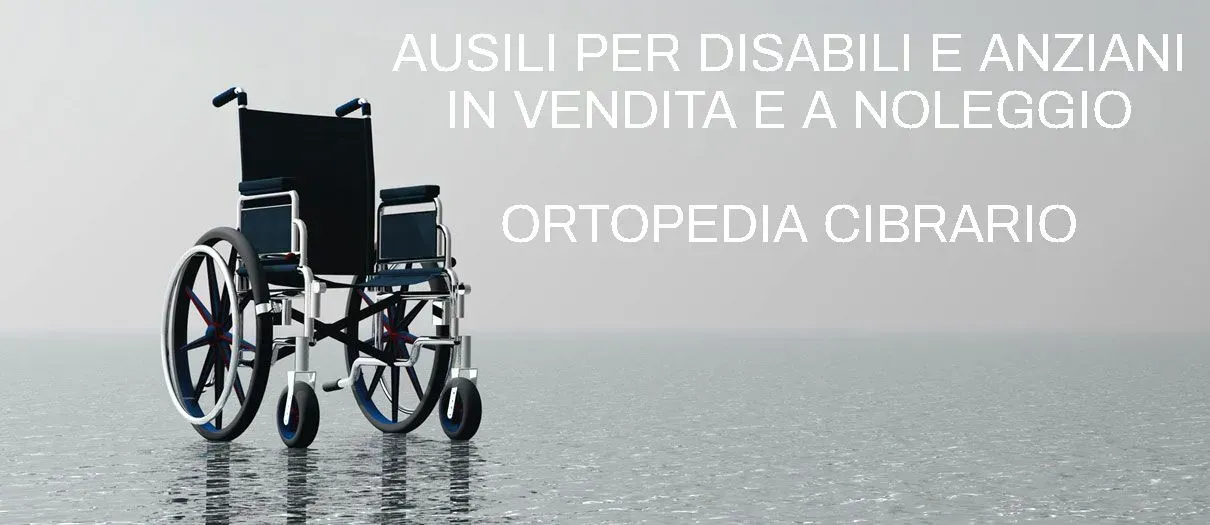Infrared Therapy Guide
INFRAROSSOTERAPIA
Infrared therapy is the physiotherapy technique that exploits the biological effects produced for therapeutic purposes
from infrared rays in the tissues.
Infrared rays are electromagnetic waves.
They are called infrared due to their proximity to the red color of the visible light spectrum.
These rays are divided into infrared A (IRA).
Equipment
Infrared rays are produced by all hot bodies through the process of spontaneous emission.
Tungsten filament lamps are used in physical therapy.
These lamps are made up of quartz ampoules or tubes containing a filament
of tungsten, immersed in a vacuum or in a nitrogen atmosphere.
When heated to incandescence, the tungsten filament produces heat and emits electromagnetic waves.
The wavelength of the radiation emitted depends on the temperature reached
from the filament; the greater the heating, the shorter the wavelength of the rays emitted.
The spectrum of radiation emitted by tungsten lamps includes infrared rays, visible rays and,
to a small extent, even ultraviolet.
In addition to tungsten filaments, covered metal resistors can emit infrared rays
of copper or other metal.
Currently there are devices on the market in which the sources for infrared rays are combined
and for ultraviolet rays, which can be used both independently and in combination.
Infrared lamps are equipped with filters and parabolic mirrors.
The filters select the red and infrared part of the light spectrum; the mirrors concentrate
infrared rays on the part to be treated.
Interaction with tissues
Infrared rays are rapidly absorbed by the superficial layers of the skin, hence their power
of penetration is limited.
The degree of penetration is inversely proportional to the wavelength.
In particular, infrared A is admitted to reach a depth of 5-10 mm;
infrared B and C, on the other hand, would have a penetration of 0.5-1 mm.
Biological effects
The main biological effect of infrared rays is the thermal effect.
1) Thermal effect.
Infrared rays produce heat when they are absorbed by tissues.
The heat produced is partly dispersed into the environment and partly transmitted
in deep tissues by conduction and by circulating liquids.
The increase in temperature causes, as secondary effects, an increase in metabolism
of tissues, vasodilation of capillaries and arterioles and muscle relaxation.
These effects mainly affect superficial tissues.
2) Skin erythema
Infrared erythema appears during irradiation and disappears immediately after treatment is stopped.
The erythema is generated by the intense superficial vasodilation, produced by the thermal elevation.
3) Skin pigmentation
The skin pigmentation produced by infrared is of a lesser degree than
to that induced by ultraviolet and appears after repeated irradiation.
4) Sweating
In the irradiated area, more or less profuse sweating occurs, due to
of the stimulation of sweat glands by short wavelength infrared rays.
Therapeutic effects
The therapeutic effects of infrared are mainly due to the increase
of the temperature in the irradiated tissues and are represented by:
1) Muscle relaxation
The heat generated by infrared facilitates the relaxation of contracted muscles.
2) Analgesia
The pain-relieving effect of infrared is attributed to the removal of halogen substances
from pathological tissues and the relaxation of contracted muscles.
3) Trophic effect
The increase in blood flow, which follows vasodilation, causes
in the tissues a greater quantity of nutrients, oxygen, white blood cells
and antibodies and facilitates the removal of catabolites from tissues.
These biological modifications improve tissue trophism, facilitate
the repair of tissue damage and accelerate the resolution of chronic inflammatory infiltrates.
Application technique
Infrared rays can be used for general or local applications.
1) General applications
General applications are carried out by focusing the emitted light on the naked patient
by 4 infrared lamps, which are placed at a distance of 60-80 cm from the subject.
These applications can produce hypotension and strain on the cardiovascular system.
2) Local applications
Local applications are the most used in physical therapy services.
They do not significantly modify the general thermal balance, because they usually come
treated body surfaces of 30-40 cm in diameter.
For local applications, a single infrared lamp is used.
When carrying out these applications, the rules listed below must be followed:
a) The part to be treated must be naked.
b) The cephalic region must be protected with headgear.
c) The generating lamp must be placed at a distance of 50 cm from the patient.
d) The rays must be perpendicular to the surface to be irradiated.
e) The dosage is based on the duration of irradiation.
The duration of each session is 15 minutes.
Cycles of 10 sessions are carried out.
Directions
Infrared is indicated in the following situations:
1) States of muscle contracture
Infrared relaxes contracted muscles, therefore it is used in cases of stiff neck and low back pain
and fibromyalgic rheumatism.
2) Cervical and lumbar arthritis
These beams are particularly effective in treating cervical and lumbar osteoarthritis.
3) Preparation for kinesitherapy sessions
Infrared, by reducing antalgic muscle contracture and local pain, facilitates therapeutic exercise.
4) After-effects of trauma.
5) Bedsores.
Infrared is indicated in this pathology because it stimulates the repair processes.
These rays can be associated with ultraviolet; in this case the action of the infrared is enhanced
if they are used after ultraviolet.
Contraindications
Local applications of infrared rays are practically free of contraindications.
General applications should be carried out with caution in cardiac patients.
Side effects
The side effects of infrared are represented by:
1) Skin burns
Burns occur if the intensity of the source is notable and if there are sensitivity disorders.
2) Lipothymic episodes
During general applications, lipothymic episodes may occur in cardiac patients.
3) Heat stroke
Infrared rays should never be directed at the head because there is a risk of heat stroke.
For these reasons it is advisable to protect the skull with headgear when carrying out applications
on the cervical spine.












